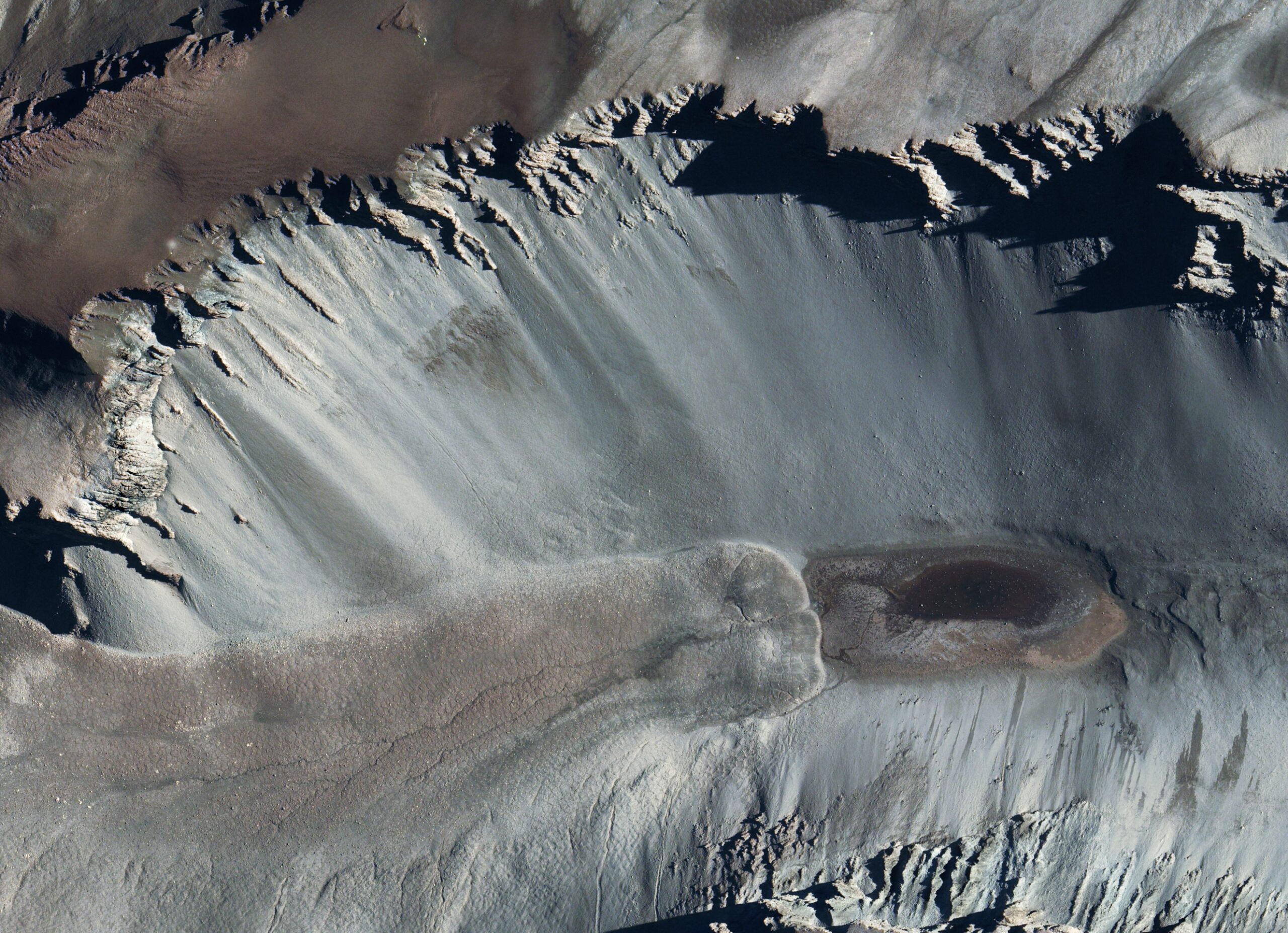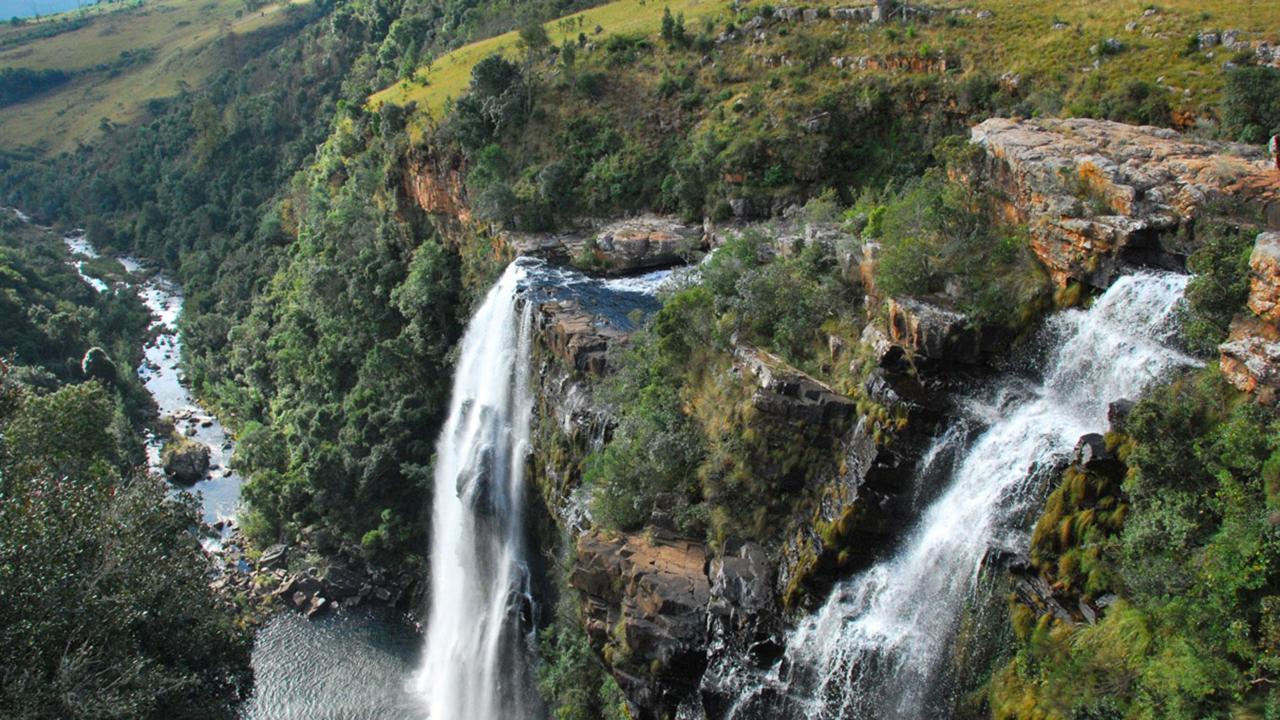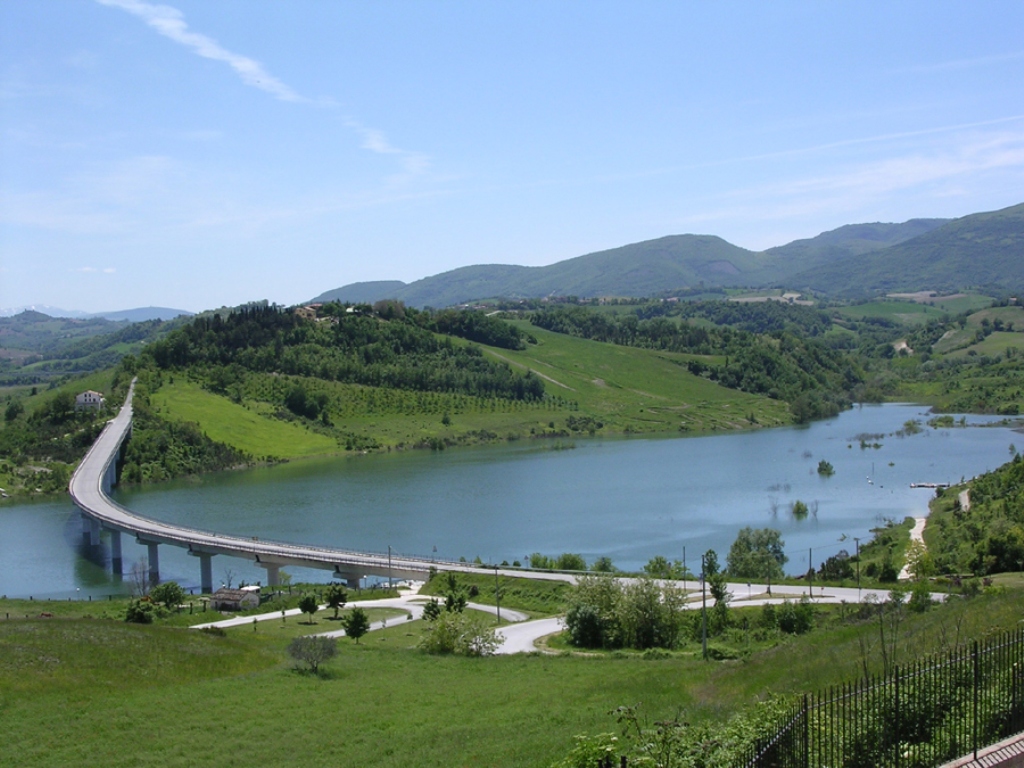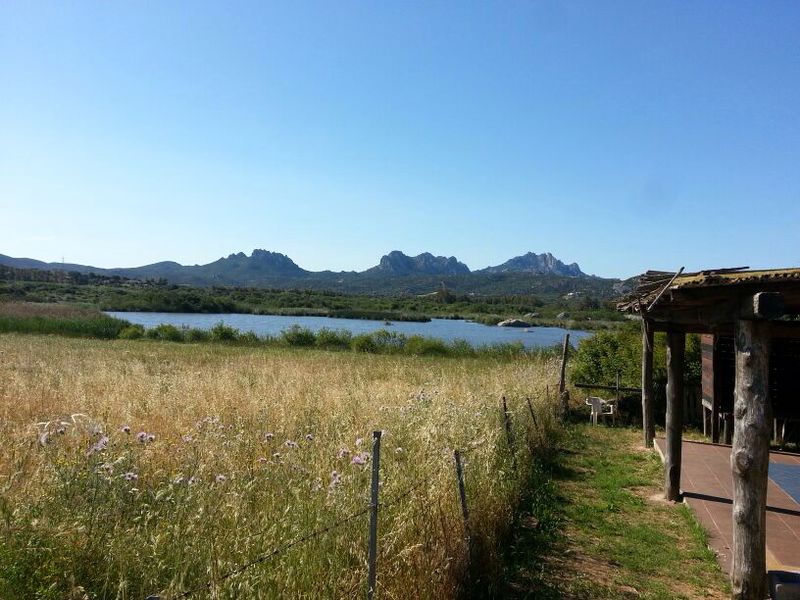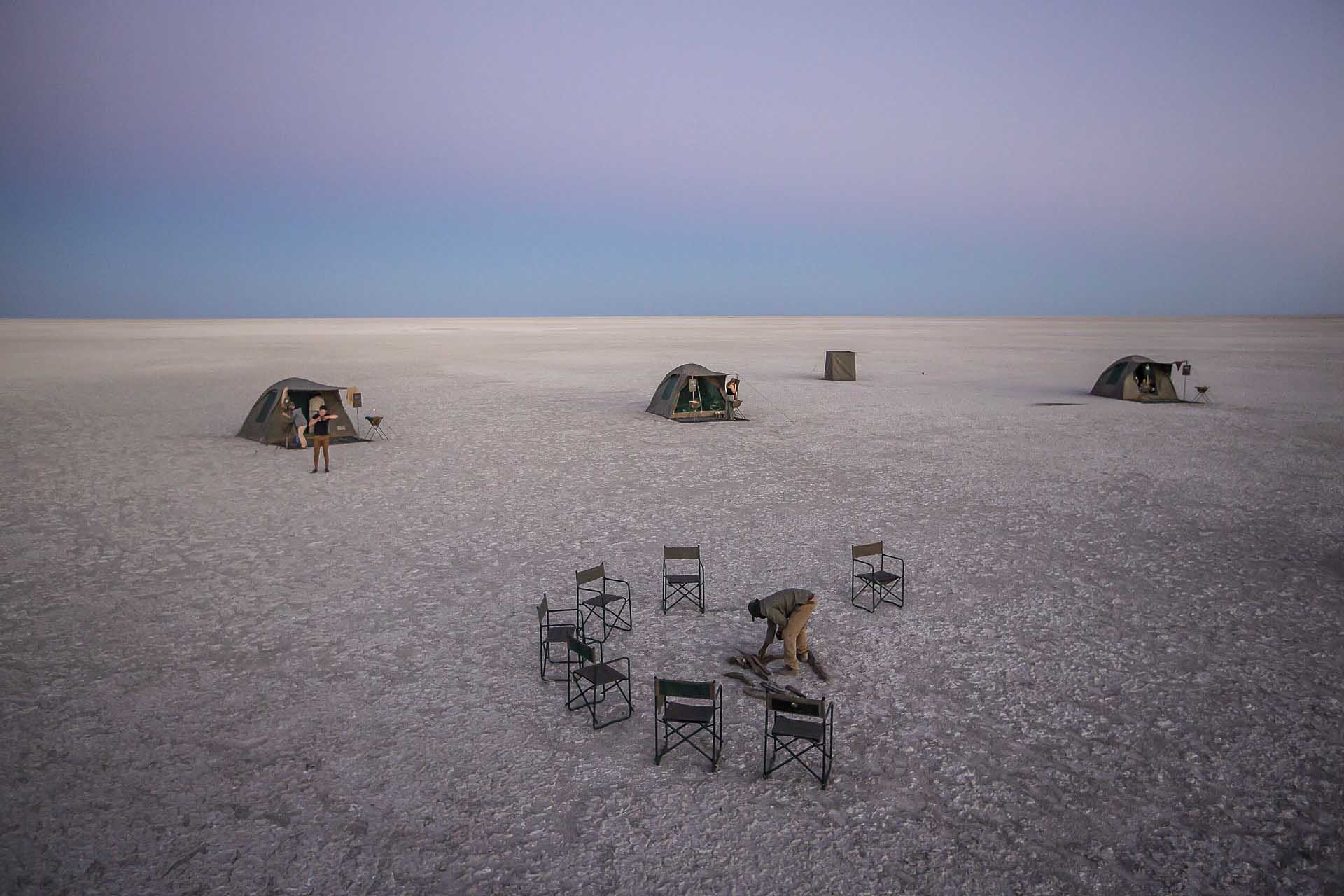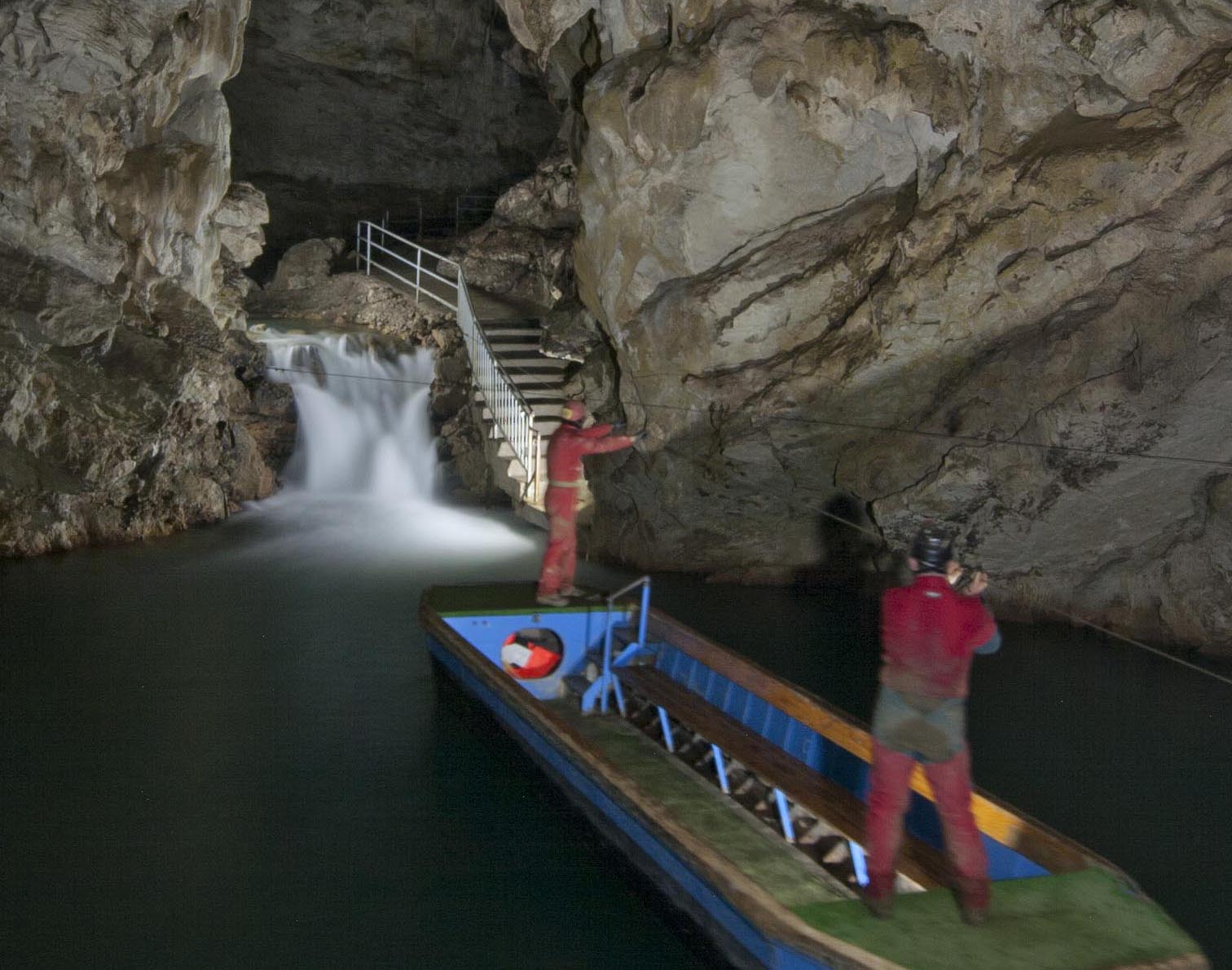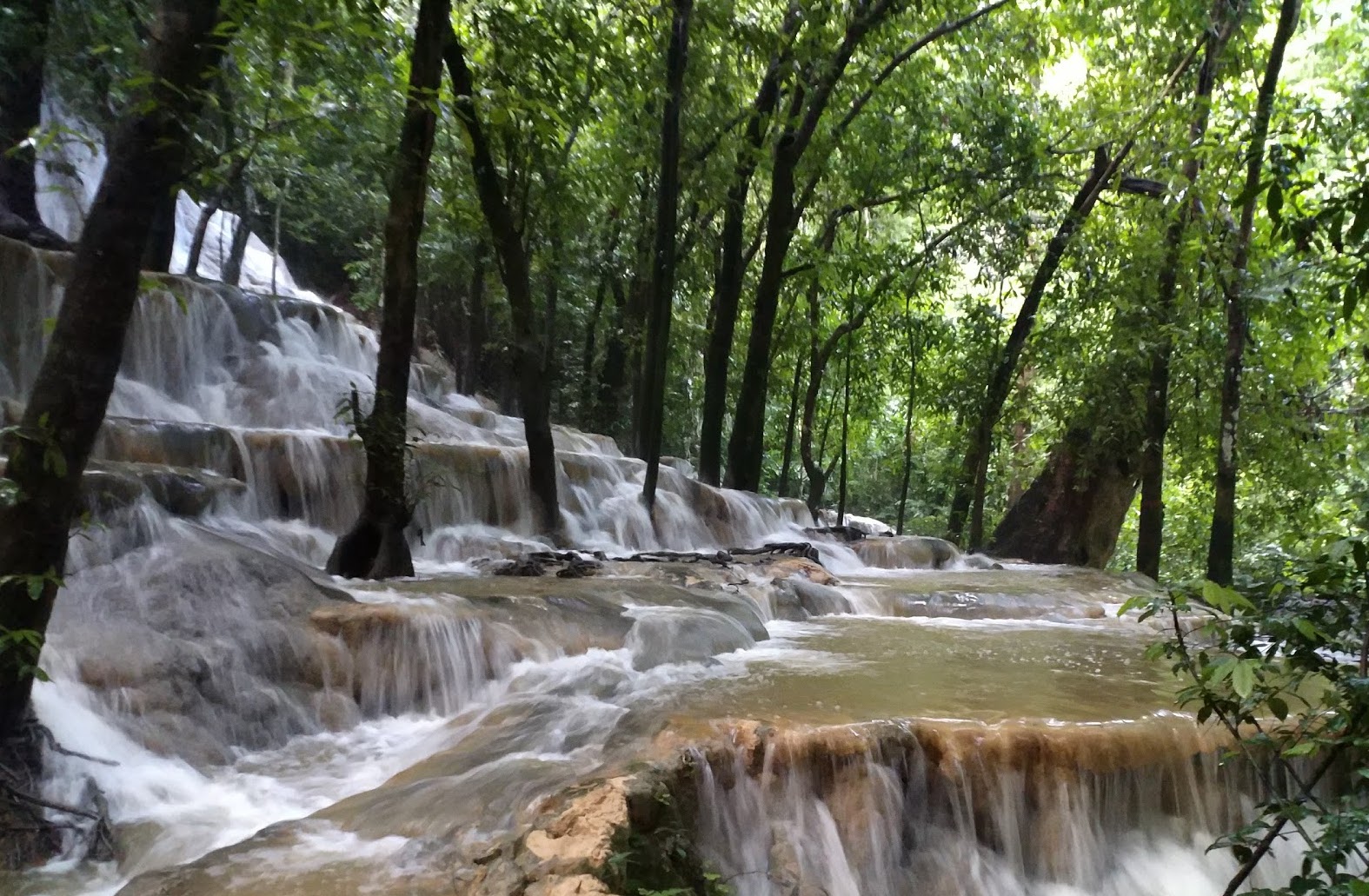At the base of the Transantarctic Mountains lies a geological oddity. Don Juan Pond is one of the saltiest bodies of water on the planet, filled with a dense, syrupy brine rich in calcium chloride that can remain liquid to minus 50 degrees Celsius, far below the freezing point of water. But the source of water and salt to this unusual pond remains a mystery — even as hints emerge that water in a similar form could exist on Mars.“Don Juan Pond is probably one of the most interesting ponds on Earth,” said lead author Jonathan Toner, a UW research assistant professor in Earth and space sciences. “After 60 years of extensive study, we still don’t really know exactly where it’s coming from, what drives the fact that it’s visible on the surface, and how it’s changing.”
The perennial pond measures about 100 by 300 meters, the size of a few football fields, and is about 10 centimeters (4 inches) deep on average. It was first visited in 1961 and named after the expedition’s helicopter pilots, Donald Roe and John Hickey, earning it the name Don Juan Pond. The unique salts in the pond lower the freezing point, which is why this saline pond can exist in a place where the temperature ranges from minus 50 to plus 10 degrees Celsius (-58 to +50 F).
The pond was long believed to be fed by deep groundwater. But then a high-profile 2013 paper suggested that near-surface moisture seeps, similar to recurring slope lineae features recently observed on Mars, were transporting salts downhill to create the salt pond.
